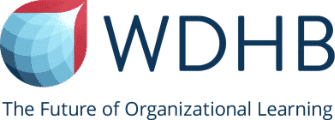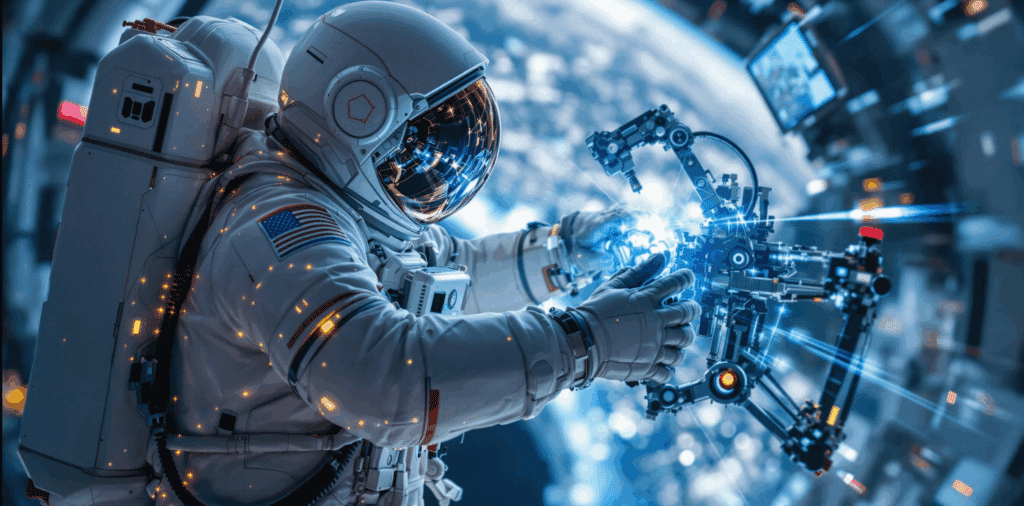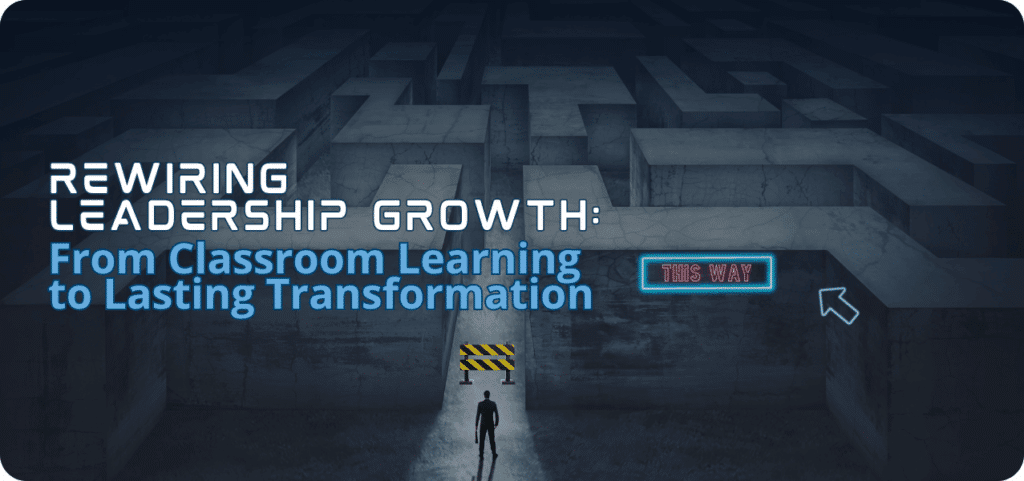How does AI Change Our Approach to Personalized Learning?

This is the third article in our AI and L&D series. To learn about fusing Artificial Intelligence with Learning & Development, read the second article here.
As artificial intelligence transforms the business world, the role of learning and development has never been more vital or more challenging. The need for employee upskilling is necessary to keep up with the times. Each learner will bring with them vastly different work experience and diverse backgrounds. In addition to organizational learning, could this accelerate a move towards personalized learning?
Personalized learning could present a minefield of new challenges. AI might ease some of these troubles by quickly analyzing learner data, but it may just as easily create problems we don’t expect. Let’s start the dialogue around personalized learning and AI so that we may find the best solutions together.
An Overview of Personalized and Adaptive Learning
Everyone learns differently. When a student’s strengths and weaknesses are accounted for through personalized learning, they are more likely to stay engaged and retain new information. Whereas in the past, teachers needed an abundance of time and resources to successfully implement personalized learning, the cost-effectiveness of AI brings this approach within reach.
Using data from students, an AI-based learning system could help educators better understand the challenges faced by each student and suggest adaptive learning pathways to support their growth. By testing the participant on their learning goals and level of expertise, the learning track can be altered to skip content that has already been mastered. As learning progresses, tests are given periodically to target difficult areas that a learner needs to focus on. Over time, this data could be processed by the AI, giving facilitators insights to improve programming in the future.
AI offers incredible opportunities for adaptive and personalized learning, but the technology’s full potential won’t be realized overnight. We must think strategically and identify problems before they become major setbacks in learning.
An Algorithmic Learning Bubble
Adaptive learning has pros and cons. Being able to guess the correct answer doesn’t always prove mastery of a topic; it shows a mastery of test-taking techniques. How do we ensure that important lessons aren’t accidentally skipped on a learning pathway? Additionally, when learning becomes personalized, it can cause us to miss out on the importance of learning in a community. Isolated learning can take away a sense of camaraderie and accountability that pushes people to higher levels of learning. While adaptive learning may be more efficient for individual learners, can we say with confidence that it is always more effective?
The algorithms AI uses to adapt learning over time might also result in learners staying within their comfort zones. Being exposed only to what immediately sparks curiosity or entertainment may create a learning pathway that doesn’t challenge learners with new topics and information. Are these isolated learning bubbles inevitable with the introduction of AI? Are there ways to introduce new topics without losing engagement?
Personalized Nudges, Data Privacy and the Consequences of Influencing Behavior
Data privacy must be the cornerstone of all advancements in AI. AI needs large swaths of user data to be functional as a personal development tool, and it’s going nowhere (nowhere good, at least) if data isn’t collected in a consensual, transparent and secure way. Younger generations especially are protective of their data privacy. If learning and development professionals wish to incorporate this technology in the future, will learners be open to sharing their personal data? How will trust be earned and maintained?
Personalized nudges are another way AI algorithms might impact learning. A nudge is a persuasion tactic that subconsciously influences behavior without taking away options. For example, AI might remember learning modules that a learner completed and recommend a similar topic. Likely, this nudge will encourage more learning, and the algorithm will continue to learn preferences to increase the effectiveness of nudges. However, nudges are a problem if they cause us to engage in questionable behavior or harmful thought patterns. Because nudges can influence people in very undetectable ways, individuals can be managed and controlled in subliminal ways that lead to social regulation by companies. It’s ethically problematic for businesses to have that much unregulated sway over society. Algorithmic nudging has had a direct effect on radicalization and division online (YouTube’s recommendation system in particular has been studied to amplify extreme and fringe content). Is it in the interest of a business to test their products for good or bad nudges, or will they let these problems fly under the radar if questions aren’t posed by their users? Even if users do want to pose questions, how will they be able to tell if and when they are being nudged subconsciously?
Questions About the Future of Human Labor
It’s important to consider how we’re combining human strengths with AI through education. A personalized learning module that teaches collaborating with AI through an AI-based learning system would be a fascinating application. The real question is, what will the future of work look like? With the rapid, uninhibited advancement of AI, it’s hard to tell.
We often talk about how AI may one day replace certain jobs. Why don’t we consider a future where AI simply augments existing jobs? It would make the work more accessible for more people and give humans less hours they would need to work in a week. Likely, this is tied to a larger problem: why are humans frequently treated as opportunities for increased profit rather than considering how businesses could be making quality of life better for all humans? Technology like AI could vastly improve the world we live in if we dreamed about a better world. As sustainability grows more urgent, how might we shift our perspective on AI to create more opportunities for everyone?
Conclusion
As artificial intelligence continues to reshape the business landscape, the importance of learning and development becomes increasingly apparent and complex. By engaging in thoughtful discussions and exploring the potential benefits and drawbacks of personalized learning with AI, we can work together to shape a future where L&D initiatives are optimized to meet the needs of every learner. It is through this collective effort that we can unlock the full potential of AI in revolutionizing learning experiences and empowering individuals to thrive in the evolving business landscape.
Author
Subscribe to get Access to Exclusive Content





